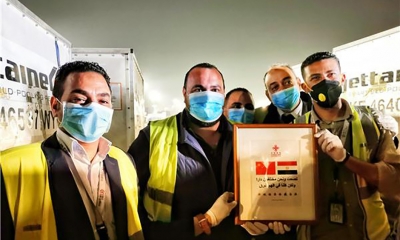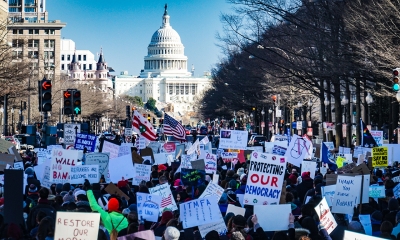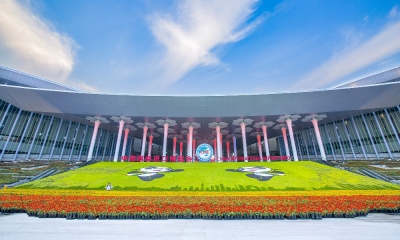The U.S. Dollar Will Not Always Be the Global Currency
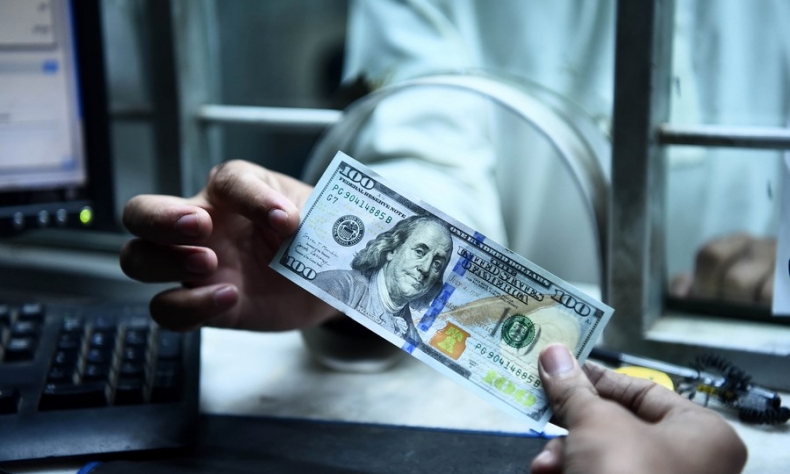
The movement towards de-dollarization of global trade is still in its initial stage.
During the BRICS summit at Johannesburg, Brazilian President called the BRICS nations to create a common currency for trade and investment among them, as a means of reducing their vulnerability to dollar exchange rate fluctuations.
Although dollar is still the international reserve currency for most central banks, the International Monetary Fund (IMF) announced that the dollar’s share in global foreign exchange reserves decreased, at the end of last year 2022, to 58.36 percent, which is the lowest level in 25 years. The IMF noted that the decline in the share of the U.S. dollar was the strongest of all currencies.
As for global trade, it amounts to about 32 trillion U.S. dollars for the year 2022. There are no accurate estimates of the current rate of dollar use in global trade, but global trade estimates indicated that the U.S. dollar widely dominated the payment and settlement of this trade. For most developing or emerging countries, the dollar dominates about 80 percent of their total trade with the outside world, but now the countries’ expectation moves towards using their local currencies to settle foreign trade dealings.
China, Russia and India are leading efforts to conduct trade in national currencies, especially after Russia fell under the brunt of Western sanctions in 2014. To enable such a process, Russia and China have increased swap and payment of their currencies in their bilateral trade. Russia created its own payment mechanisms instead of the global SWIFT system, namely the System for Transfer of Financial Messages (SPFS). India has also joined these efforts.
Middle Eastern countries are working to enhance the role of local currencies. For example, Türkiye signed a currency exchange deal worth about $5 billion with the UAE in January 2022 for a period of three years, and signed a similar agreement with Qatar in May 2022 worth $15 billion. Globally, Türkiye has signed barter agreements for trade in national currencies with Russia, China, South Korea and some Islamic countries. Meanwhile, the Central Bank of Iraq announced its intention to allow the settlement of import trade with China in yuan. Countries such as Bangladesh, Kazakhstan and Laos have intensified their negotiations with China to enhance the use of yuan in commercial transactions.
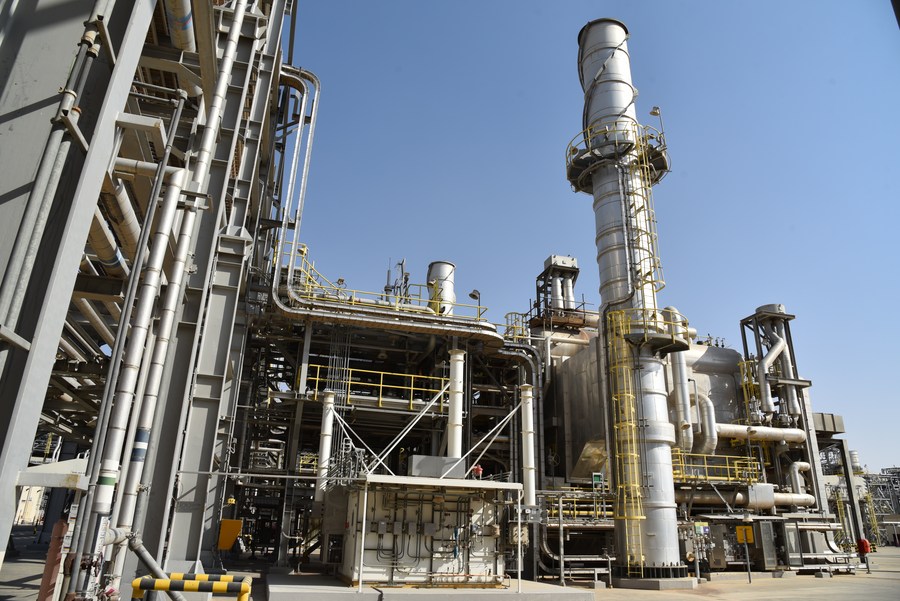
China itself has abandoned dealings in dollars with Russia, Pakistan and several other countries. China and Brazil have reached a deal to use the yuan and the real in commercial exchanges, and India and Malaysia have agreed to use the rupee in transactions. India currently deals with Russia in rupees and rubles.
China has completed its first yuan-denominated LNG deal in Shanghai on March 29. The UAE has taken a step towards selling energy products in Chinese currency, and Saudi Arabia has also been a pioneer in not hesitating to price part of its oil in yuan. These and other steps taken by the major countries to provide an alternative to the dollar and to build a financial system independent of the U.S. control, and free from the dominance of the American currency, should not be underestimated, especially with the increase in its pace in the past period. The effects will appear in the coming years.
However, there is also a severe exaggeration in achieving those expectations related to the collapse of the American currency and the demise of its star. The dollar is still the currency for pricing major minerals and commodities around the world such as natural gas, oil, grains, gold, silver, stock exchanges, settlement of financial transactions, etc., and there is no acceptable alternative yet.
In conclusion, the movement towards de-dollarization of global trade is still at its initial stage. However, the Russia-Ukraine crisis may have accelerated the move towards trading in national currencies to avoid weaponization of the dollar and U.S. sanctions. In general, it remains to be seen whether international mechanisms will be established to formalize such steps and discuss the provision of guarantees that can protect such a trading system from various types of shocks, such as domestic instability and international conflicts.
Global financial institutions need to be restructured and finding a neutral alternative to the dollar is very necessary.
The article reflects the author’s opinions, and not necessarily the views of China Focus.
 Facebook
Facebook
 Twitter
Twitter
 Linkedin
Linkedin
 Google +
Google +





